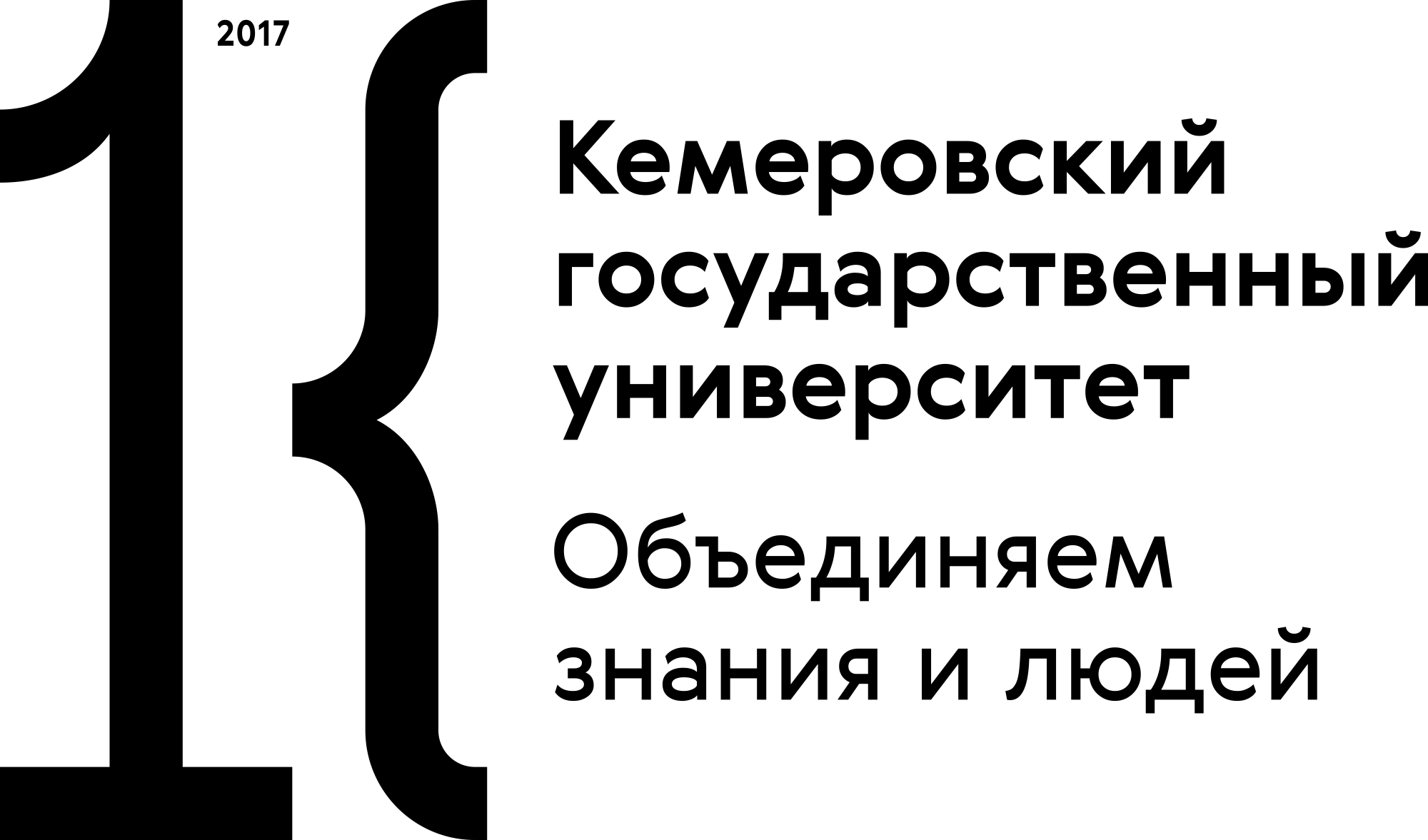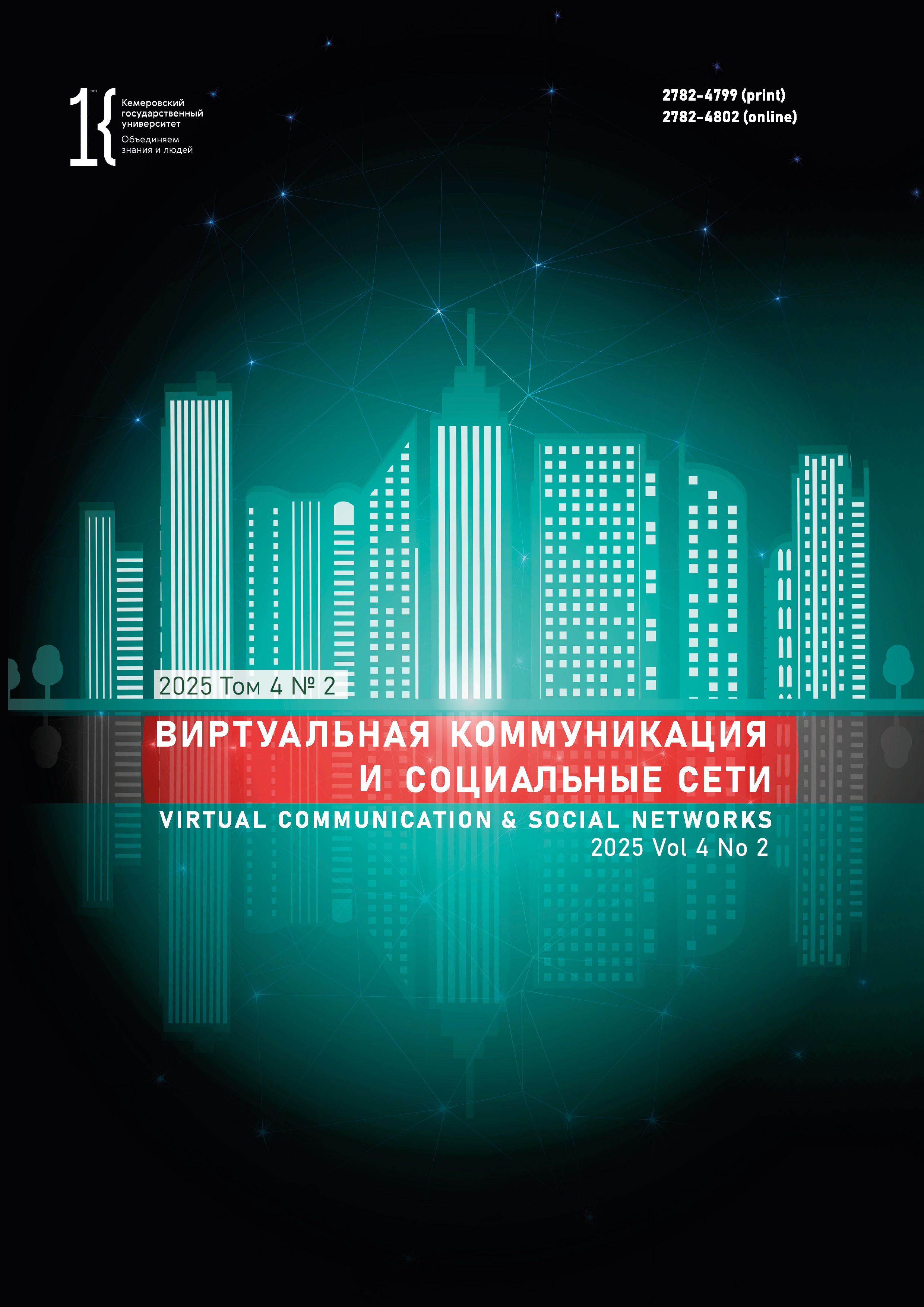employee from 01.01.2023 until now
FSFEI HE SSMU of the Ministry of Health of Russia (Department for International Development, Head)
employee from 01.01.2016 until now
Tomsk, Tomsk, Russian Federation
UDC 80
CSCSTI 16.31
CSCSTI 16.21
Russian Classification of Professions by Education 45.06.01
Russian Library and Bibliographic Classification 80
Russian Library and Bibliographic Classification 81
Russian Trade and Bibliographic Classification 84
Russian Trade and Bibliographic Classification 841
BISAC LAN000000 General
The authors applied the method of social network analysis to official and business medical discourse during the COVID-19 pandemic to examine the risk communication strategies. The corpus comprised news published on the official websites of the Russian Ministry of Health and the Federal Service for Consumer Protection and Welfare (Rospotrebnadzor) during the initial phase of restrictive measures in March 2020. The collected data underwent both mathematical processing and discourse analysis. The method of applied network analysis facilitated the visualization and interpretation of lexical representation of the pandemic in the professional news media discourse. The study utilized R Studio 4.4.1 and the Quanteda library with built-in base packages and the gsub function that replaces sections of lines. The topfeatures function revealed 30,723 most frequent lexical units. Findings indicate that medical news discourse predominantly adopted minimal to moderate communication strategies to mitigate public panic.
media discourse, risk communication, applied network analysis, news, natural language processing, lexical representation, COVID-19
1. Basarab M. A., Glinskaya E. V., Ivanov I. P., Kolesnikov A. V., Kuzovlev V. I. Study into the structure of the scientific coathorship graph using social network analysis. Voprosy kiberbezopasnosti, 2017, (1): 31–36. (In Russ.) https://elibrary.ru/xxhpvp
2. Burganova L. A., Iskhakova E. I. Risk-communication as an effective condition of risk management. The Review of Economy, the Law and Sociology, 2019, (1): 132–135. (In Russ.) https://elibrary.ru/gpfjof
3. Ivanov A. V. Trust and risk communication in the public space: A normative dimension. Nauka i sovremennost, 2015, (37-2): 65–70. (In Russ.) https://elibrary.ru/tufemj
4. Iskhakova E. I. Technologies of risk-communication in the field of international tourism: Media-waves in COVID-19 era. The Review of Economy, the Law and Sociology, 2020, (2): 144–147. (In Russ.) https://elibrary.ru/ekpfgf
5. Kozhemiakin E. A. Discourse analysis as an interdisciplinary project: Between a method and an ideology. Nauchnye vedomosti Belgorodskogo gosudarstvennogo universiteta. Seriia: Gumanitarnye nauki, 2015, (6): 5–12. (In Russ.) https://elibrary.ru/vwyzrf
6. Kupchinova T. V. Risk and risk communications. Filosofiia i sotsialnye nauki, 2009, (1-2): 48–52. (In Russ.)
7. Olomskaya N. N. On genre classification of media discourse. Nauchnyi Dialog, 2013, (5): 250–259. (In Russ.) https://elibrary.ru/qcqeix
8. Pleshkova E. K. Discoursive marking of the pandemia vocabulary: Network analysis of discourses. Relevant issues of linguistics and literary studies: Proc. X (XXIV) Intern. Sci.-Prac. Conf., Tomsk, 13–15 Apr 2023. Tomsk: TSU, 2023, 97–103. (In Russ.) https://doi.org/10.17223/978-5-907572-02-7-2023-19
9. Pleshkova E. K., Rezanova Z. I. Effects of anti-epidemic (quarantine) measures on people during the COVID-19 pandemic: Applying social network analysis to identify the key topics. Bulletin of Siberian Medicine, 2024, 23(4): 120–128. (In Russ.) https://elibrary.ru/xucwom
10. Rezanova Z. I. Framing the pandemic situation in news discourse. Cognitive Studies of Language, 2024, (1-2): 327–330. (In Russ.) https://elibrary.ru/nycvnn
11. Rezanova Z. I., Stepanenko A. A. Discursive variants of thematic modeling of COVID-19 (news media discourse vs social networks). Tomsk State University Journal of Philology, 2023, (86): 84–101. (In Russ.) https://elibrary.ru/jrufis
12. Uvarova E. A. Mediatext and mediadiscourse: The problem of their correlation. Bulletin of the Moscow Region State University. Series: Linguistics, 2015, (5): 47–54. (In Russ.) https://elibrary.ru/vcqgfj
13. Shiriaeva O. V. Information and analytical media discourse as an object of communication and discourse research. Mediascope, 2012, (4). (In Russ.) https://elibrary.ru/pkzhjn
14. Ahmad W., Wang B., Martin P., Xu M., Xu H. Enhanced sentiment analysis regarding COVID-19 news from global channels. Journal of computational social science, 2023, 6(1): 19–57. https://doi.org/10.1007/s42001-022-00189-1
15. Bokaee Nezhad Z., Deihimi M. A. Twitter sentiment analysis from Iran about COVID 19 vaccine. Diabetes & Metabolic Syndrome: Clinical Research & Reviews, 2022, 16(1). https://doi.org/10.1016/j.dsx.2021.102367
16. Singer N. Coronavirus media discourse and current situation (QCA for different responses to combat COVID-19). Humanities & Social Sciences Reviews, 2020, 8(3). https://elibrary.ru/sdbbfa
17. Stefanis C., Giorgi E., Kalentzis K., Tselemponis A., Nena E., Tsigalou C., Kontogiorgis C., Kourkoutas Y., Chatzak E., Dokas I., Constantinidis T., Bezirtzoglou E. Sentiment analysis of epidemiological surveillance reports on COVID-19 in Greece using machine learning models. Frontiers in Public Health, 2023, 11. https://doi.org/10.3389/fpubh.2023.1191730
18. Wang J., Fan Y., Palacios J., Chai Yu., Guetta-Jeanrenaud N., Obradovich N., Zhou Ch., Zheng S. Global evidence of expressed sentiment alterations during the COVID-19 pandemic. Nature Human Behaviour, 2022, 6(3): 349–358. https://elibrary.ru/xiqnug
19. Yakunin K., Mukhamediev R. I., Zaitseva E., Levashenko V., Yelis M., Symagulov A., Kuchin Ya., Muhamedijeva E., Aubakirov M., Gopejenko V. Mass media as a mirror of the COVID-19 pandemic. Computation, 2021, 9(12). https://doi.org/10.3390/computation9120140



















